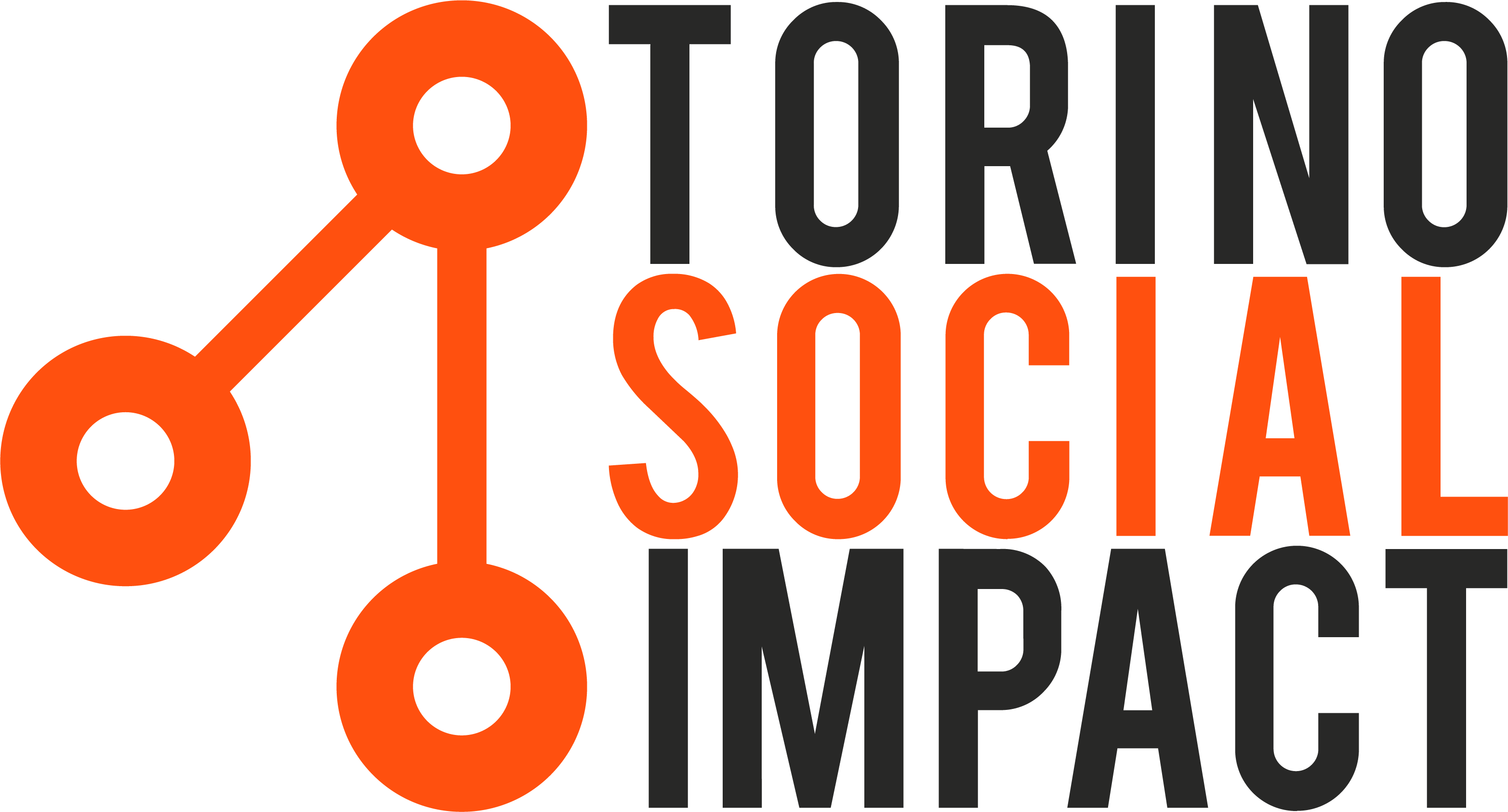The first condominium-museum was born in Turin. An experiment of urban regeneration and collective transformation through the power of art and beauty.
viadellafucina16 is the first international condominium-museum experiment, created by Kaninchen-Haus in 2016 from an idea by the artist Brice Coniglio.
The heart of the project is an innovative residence program for artists in the condominium in via La Salle 16 (formerly “via della Fucina”), in the Turin district of Porta Palazzo, home to the largest open-air market in Europe.
Through international open calls – the first edition received over 400 applications from all over the world – artists were invited to spend periods of residence in the building, during which they could carry out interventions and works in the common areas in order to activate the dialogue between the several communities of inhabitants and favor the redevelopment of the majestic nineteenth-century building, now in a state of thirty years of decay and abandonment.
The winning projects were selected by the inhabitants of the condominium themselves (about 200 people of all nationalities distributed in 53 apartments) with the mediation of a board of curators and experts, based on the ability to involve the community, to interpret their wishes, to activate new forms of sociality through paths of co-creation and care of spaces.
The condominium – the intersection point between public and private domain – opens up to artistic practice as a factor of aesthetic, social and cultural regeneration, thus becoming a symbolic place through which the community represents itself, as well as once the palaces – decorated by artists – represented the prestige of the individual families.
The condominium-museum has now become an extraordinary factory of cultural production and social innovation hosting works and performances by young artists as well as contributions from great masters such as Giorgio Griffa or Michelangelo Pistoletto.
viadellafucina16 represents an unprecedented grafting of artistic practice into the vital fabric of a limited community that intends to demonstrate, through an experiment conducted in a reduced context, how art and culture can become effective tools in the resolution of conflicts and for a collective transformation.
Kaninchen-Haus is now engaged in the development of a model that makes the project replicable in new contexts.
curated by Kaninchen-Haus
from an idea by Brice Rabbit


